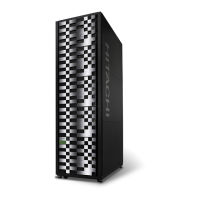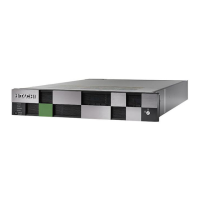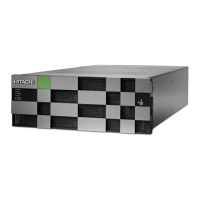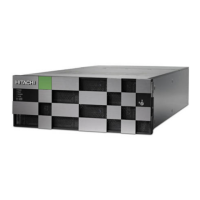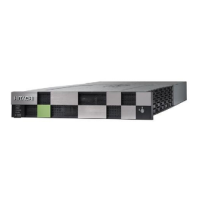Item Description
Description Data blocks are scattered to multiple disks in the same way as RAID 5
and two parity disks, P and Q
, are set in each ro
w. Therefore, data can
be assured even when failures occur in up to two disk drives in a
parity group.
Advantage RAID 6 is much more reliable than RAID 1 and RAID 5 because it can
restore data even when failures occur in up to two disks in a parity
group.
Disadvantage The parity data P and Q must be updated when data is updated, RAID
6 imposes a write heavier than that on RAID 5. Performance of the
random writing is lower than RAID 5 when the number of drives
makes a bottleneck.
LDEV striping across array groups
In addition to the conventional concatenation of RAID 1 array groups (4D+4D), the
storage system supports LDEV striping acr
oss multiple RAID 5 array groups for improved
logical unit performance in open-system environments. The advantages of LDEV striping
are:
■
Improved performance, especially of an individual logical unit, due to an increase in
the number of drives that constitute an array group.
■
Superior workload distribution: If the workload of one array group is higher than
another array group, you can distribute the workload by combining the array groups,
thereby reducing the total workload concentrated on each specic array group.
LDEV striping across array groups
Chapter 3: Hardware architecture
Hitachi Virtual Storage Platform G1000, G1500, and VSP F1500 Hardware Guide 66
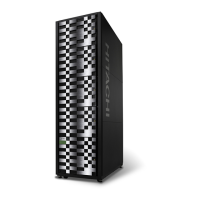
